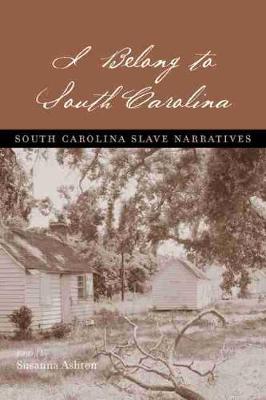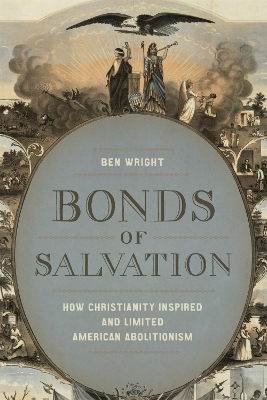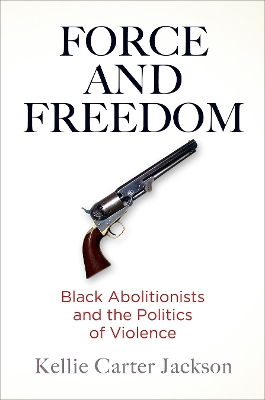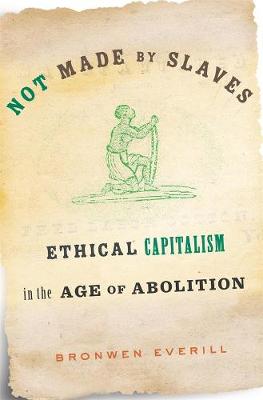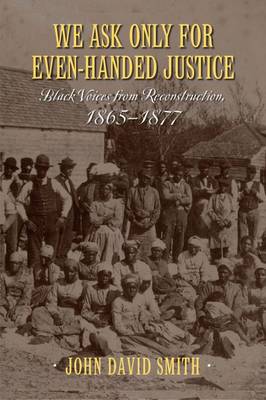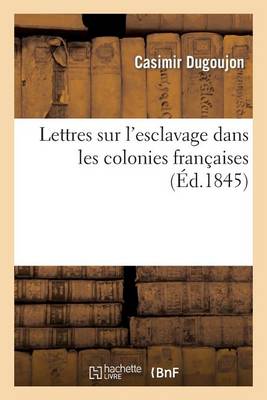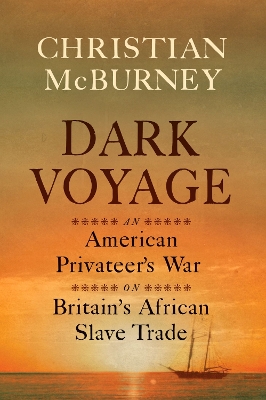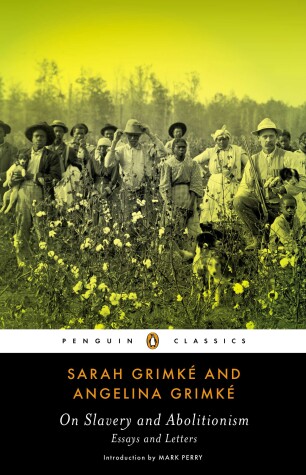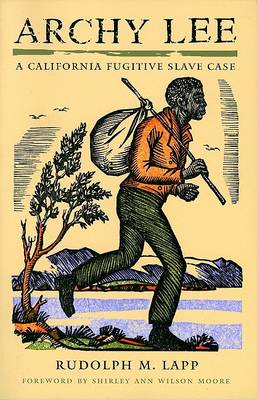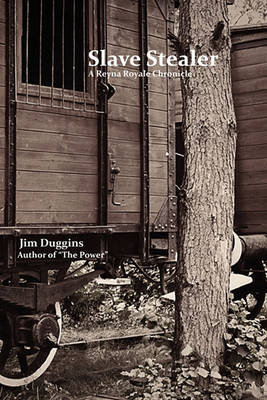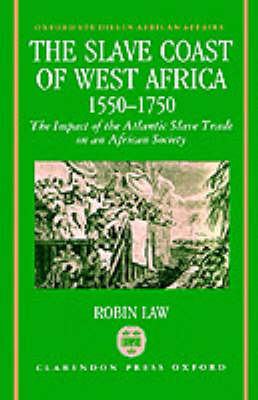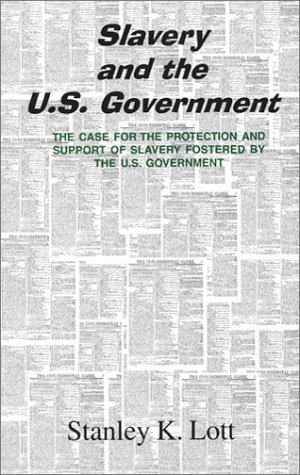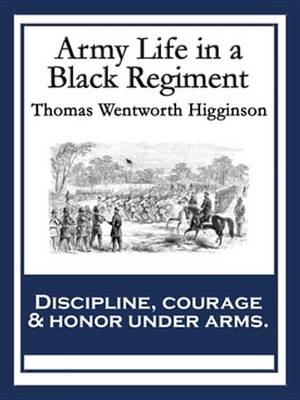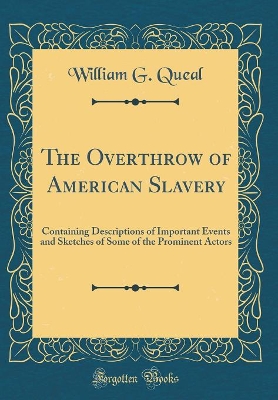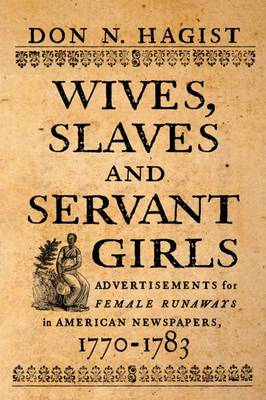This title includes rare firsthand accounts of slavery from across the Palmetto State collected together for the first time. Out of the hundreds of published slave narratives, only a handful exist specific to South Carolina, and most of these are not readily available to modern readers. Edited by Susanna Ashton, this collection restores to print seven slave narratives documenting the lived realities of slavery as it existed across the Palmetto State's upcountry, midlands, and lowcountry, from pl...
Ben Wright's Bonds of Salvation demonstrates how religion structured the possibilities and limitations of American abolitionism during the early years of the republic. From the American Revolution through the eruption of schisms in the three largest Protestant denominations in the 1840s, this comprehensive work lays bare the social and religious divides that culminated in secession and civil war. Historians often emphasize status anxieties, market changes, biracial cooperation, and political man...
Source Material for Studying the Slave Trade and the African Diaspora (Occasional Paper, #5)
by Robin Law
Force and Freedom (America in the Nineteenth Century)
by Kellie Carter Jackson
From its origins in the 1750s, the white-led American abolitionist movement adhered to principles of "moral suasion" and nonviolent resistance as both religious tenet and political strategy. But by the 1850s, the population of enslaved Americans had increased exponentially, and such legislative efforts as the Fugitive Slave Act and the Supreme Court's 1857 ruling in the Dred Scott case effectively voided any rights black Americans held as enslaved or free people. As conditions deteriorated for A...
How abolitionist businesses marshaled intense moral outrage over slavery to shape a new ethics of international commerce."East India Sugar Not Made By Slaves." With these words on a sugar bowl, consumers of the early nineteenth century declared their power to change the global economy. Bronwen Everill examines how abolitionists from Europe to the United States to West Africa used new ideas of supply and demand, consumer credit, and branding to shape an argument for ethical capitalism.Everill foc...
Maurice Lombard portrays the Islamic world as the center of civilization at a time when the West was primitive and backward. Its reach extended from Cordoba to Samarkand, and it maintained and developed the tradition of wealth, cultural and artistic achievement, and thriving urban life which it had absorbed from its predecessors, the civilizations of Greece, Egypt, and Persia and the ancient cities of the Middle East. It is this Islamic economy and civilization which the author portrays at its h...
The sesquicentennial of the Civil War and Reconstruction invites reflection on the broad meaning of American democracy, including the ideals of freedom, equality, racial justice, and self-determination. In We Ask Only for Even-Handed Justice, John David Smith brings together a wealth of primary texts - editorials, letters, newspaper articles, and personal testimonies - to illuminate the experience of emancipation for the millions of African Americans enmeshed in the transition from chattel slave...
Lettres Sur l'Esclavage Dans Les Colonies Francaises (Histoire)
by Dugoujon-C
The daughters of a wealthy and respected Charlestown judge, Sarah and Angelina Grimke grew up with a life of ease, facilitated by the convenience of slavery. Yet their close proximity to inhumane cruelty bred their revulsion towards the practice of slavery, and both sisters rejected their upbringing, moved to Philadelphia and embraced Quakerism. Led by Angelina's gifted oration, they toured the country as the American Anti-Slavery Society's first female agents. They passionately demonstrated the...
The Slave Coast of West Africa, 1550-1750 (Oxford Studies in African Affairs)
by Robin Law
This book studies the impact of the Atlantic slave trade on the 'Slave Coast' of West Africa, an area covering modern south-eastern Ghana, Togo, Benin, and south-western Nigeria. This region was one of the most important sources of slaves for the Atlantic slave trade, and its history provides an exceptionally well-documented illustration of the effect of the trade on the indigenous African societies involved in it. The expansion of slave exports during the seventeenth and early eighteenth centur...
In 1903 a Brahmin woman sailed from India to Guyana as a 'coolie', the name the British gave to the million indentured labourers they recruited for sugar plantations worldwide after slavery ended. The woman, who claimed no husband, was pregnant and travelling alone. A century later, her great-granddaughter embarks on a journey into the past, hoping to solve a mystery: what made her leave her country? And had she also left behind a man? Gaiutra Bahadur, an American journalist, pursues traces of...
Army Life in a Black Regiment (Civil War) (Collector's Library of the Civil War)
by Thomas Wentworth Higginson
In 1862 military necessity enabled Secretary of War Edwin M. Stanton to pry from a hesitant President Lincoln the authority to enlist black troops in the Union army. The pioneer regiment of ex-slaves was to secure the beachhead tenously held at Beaufort, off the South Carolina coast. Within a year, Lincoln was to hail the enlistment of black soldiers, which he had earlier resisted as "revolutionary," as the "heaviest blow yet dealt the rebellion." The abolition of slavery, unthinkable in 1861, w...
A Surprising Source of Information About a Largely Forgotten Segment of the Colonial Population In an age when individuals could be owned by others, people were lost and found just like other property. Indentured servants and slaves absconded from the custody of their masters, and their value prompted the masters to seek their return. Wives ran from abusive husbands or into the arms of another. Newspapers in the eighteenth and nineteenth centuries carried large numbers of advertisements offeri...
